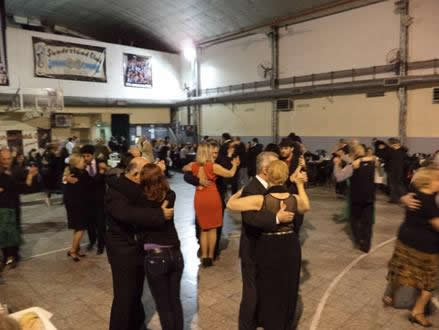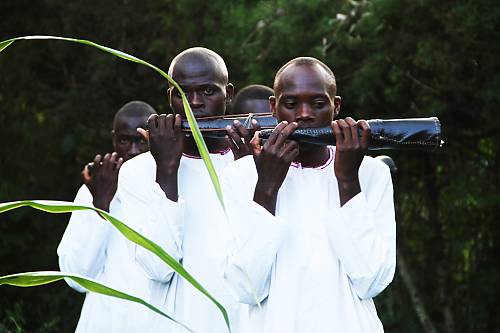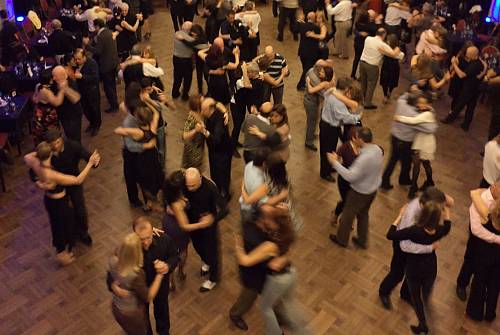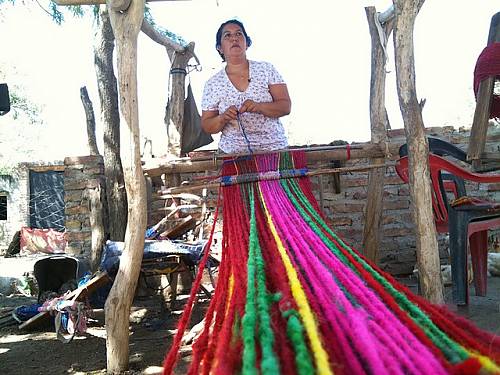Tango bearers, government officials and members of concerned non-governmental organizations have been making steady progress since April 2013 in drawing up intangible heritage inventories, considered a priority safeguarding measure by the tango community in Buenos Aires.
Guided by the UNESCO-trained expert, Ms Mónica Lacarrieu, the inventory team chose, among the different musical, poetic and human elements of the practice of tango, to focus on milongas, the popular evenings where men and women gather in local clubs to dance the tango and the music that carries that same name. From April to November, after having received theoretical training on basic notions of the 2003 Convention for the Safeguarding of the Intangible Cultural Heritage, the team is interviewing a wide range of people and governmental and non-governmental organizations related with the world of milongas. On Thursday 26 September in Buenos Aires the tenth biweekly coordination meeting takes place to plan next steps, analyse and improve the inventorying process, coordinate its work and assess the intermediate results.
This work constitutes the third phase of the sub-regional project ‘Living Heritage’ currently implemented in Argentina, Paraguay and Uruguay thanks to the generous support of UNESCO/Japan Funds-in-Trust for Safeguarding Intangible Cultural Heritage. It is part of UNESCO’s global strategy for strengthening national capacities for safeguarding intangible cultural heritage.
More information: www.unesco.org.uy/cultura
Project:
-
Strengthening national capacities for effective safeguarding of intangible cultural heritage in Argentina, Paraguay and Uruguay (1 June 2012 – 1 February 2014)



